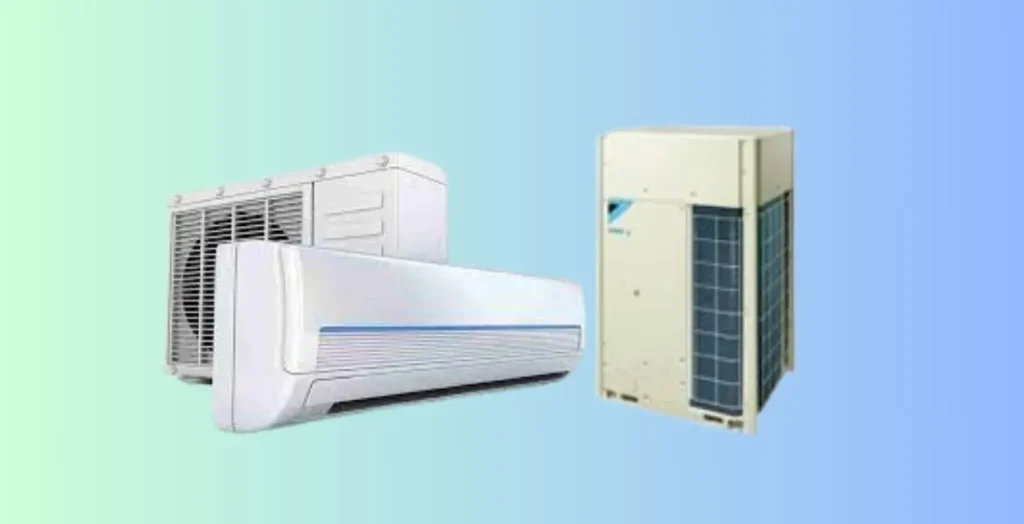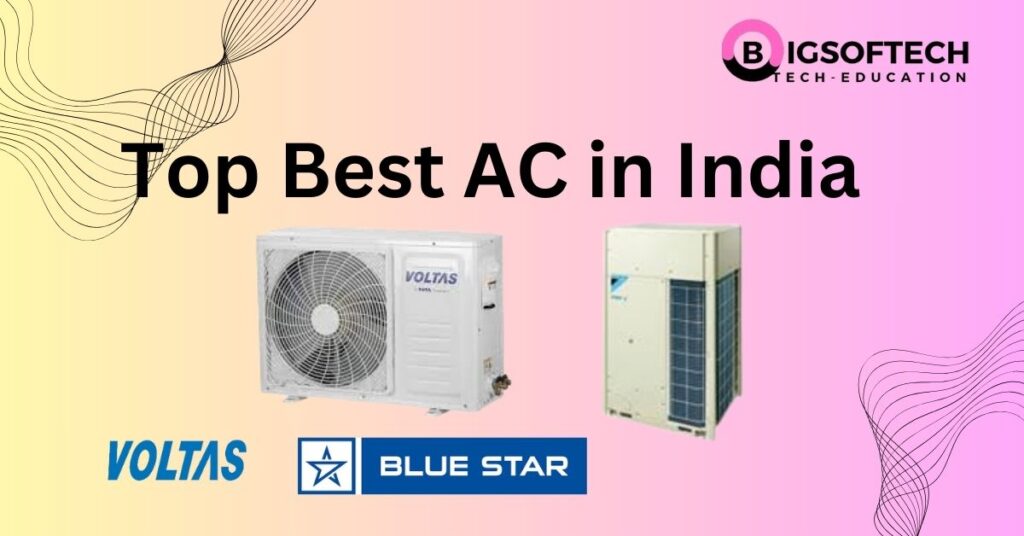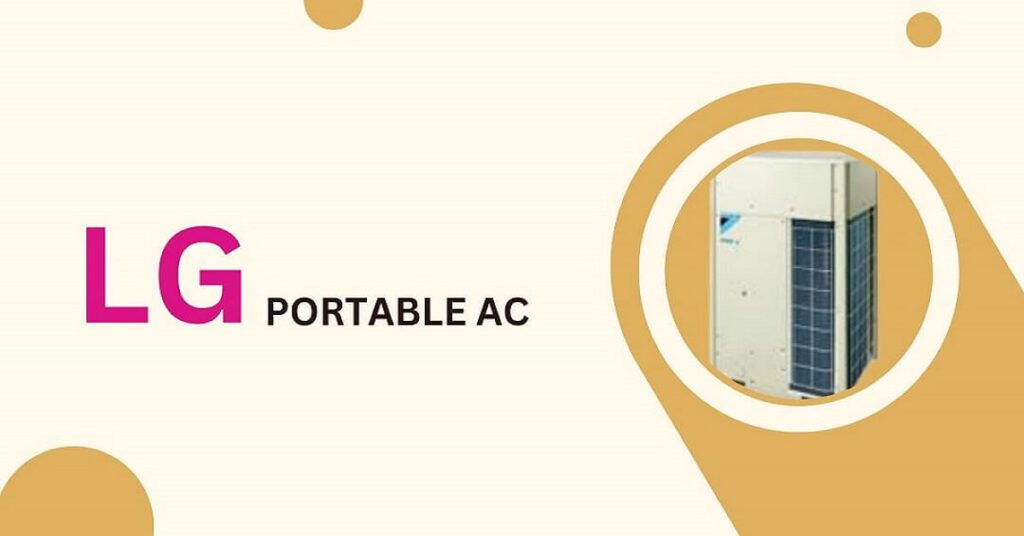As the sun beats down, casting a hazy veil over the city, I yearn for cool, conditioned air. The thought of stepping into a space with a perfectly regulated environment, thanks to an efficient air conditioning system, fills me with immense relief. This is the magic of modern technology – the air conditioning system has become a key part of our lives today, offering not only comfort but also ensuring a healthier and more productive environment by maintaining the ideal indoor climate. Without a well-functioning air conditioning system, summers would be unbearable, reminding us just how vital these systems have become.
In this article, we’ll explore the air conditioning system. We’ll look at the cooling process, the refrigerant cycle, and the components that work together to bring us comfort. We’ll see how the compressor, condenser, and evaporator work in an HVAC (Heating, Ventilation, and Air Conditioning) system. This will show us the engineering behind keeping us cool, even in the heat.
Join me as we explore the innovation in air conditioning. We’ll look at energy-efficient practices and advancements in air flow and ductwork design. This article will give you a full understanding of how does air conditioner works. It will help you make smart choices about cooling your space and its effect on the environment.
Introduction to Air Conditioning System
Air conditioning systems keep the inside cool, especially in hot and humid places. They control temperature, humidity, and air quality. This makes living or working spaces more pleasant and productive. At the core, HVAC (Heating, Ventilation, and Air Conditioning) technology cools and heats as needed.
Understanding the Importance of Air Conditioning System
Air conditioning does more than just control the temperature. It:
- Filters out pollutants, allergens, and excess humidity to improve air quality
- It makes the indoor space more comfortable, reducing the risk of heat-related illnesses
- It helps people stay productive and think better by keeping the environment just right
- Keeps sensitive equipment and electronics safe by controlling temperature and humidity
Overview of HVAC System Components
The HVAC system has important parts that work together for efficient cooling and heating. These parts are:
- Compressor: Moves the refrigerant around the system
- Condenser: Gets rid of heat from the indoor air to the outside
- Evaporator: Takes heat from the indoor air to cool the space
- Ductwork: Spreads the cooled air throughout the building
Knowing how these HVAC components work helps us understand how air conditioning makes our indoor climate comfortable and energy-efficient.
The Refrigeration Cycle: The Heart of Air Conditioning
The refrigeration cycle is key to air conditioning. It cools the air by moving refrigerant through four stages: compression, condensation, expansion, and evaporation. This cycle keeps the air cool.
In the compression stage, the refrigerant gets pressurized and its temperature goes up. Then, it moves to the condenser. There, it loses heat to the air or water, turning from gas to liquid.
After that, the refrigerant goes through an expansion valve. Here, its pressure and temperature drop. This cooled liquid then enters the evaporator coil. Here, it takes heat from the air, cooling it down. As it absorbs heat, it turns back into a gas.
This gas returns to the compressor, starting the cycle again. This keeps the air in a space cool and dry. The air conditioner works by moving the refrigerant through these stages over and over.
The refrigeration cycle’s parts work together perfectly. This makes air conditioners cool and dry the air, which is vital for modern life.
The Refrigeration Cycle: How Air Conditioners Work
The refrigerant cycle is key for cooling in air conditioners. It controls temperature and humidity in a space.
“The refrigeration cycle is the heart of air conditioning, circulating the refrigerant and enabling the cooling process that keeps us comfortable.”
The Role of the Compressor
The compressor is at the heart of every air conditioning system. It makes sure the refrigerant moves and starts the cooling cycle. This is what makes HVAC systems work.
Types of Compressors
There are many compressors in HVAC systems, each with its own strengths. The main types are:
- Reciprocating compressors: These use a piston-and-cylinder setup to squeeze the refrigerant.
- Scroll compressors: These have a spiral shape that compresses the refrigerant well and quietly.
- Rotary compressors: These use a rotary motion to squeeze the refrigerant, making them compact and dependable.
Compressor Efficiency and Maintenance
The compressor’s efficiency is key to the HVAC system’s energy efficiency. When well-kept, compressors work best, using less energy and cooling well. Regular checks, like finding refrigerant leaks, replacing old parts, and keeping it lubricated, can make the compressor last longer and work better.
“Proper maintenance of the compressor is essential for maintaining the efficiency and longevity of an air conditioning system.”
The Condenser: Releasing Heat
The condenser is key in an air conditioning system. It gets rid of the heat the refrigerant picks up while cooling. There are two main types: air-cooled and water-cooled.
Air-Cooled vs. Water-Cooled Condensers
Air-cooled condensers use air to cool down. Water-cooled ones use water. Each has its own benefits and things to think about:
- Air-Cooled Condensers: These are often seen in homes and small businesses. They cost less to put in and keep up, but might not be as efficient in very hot places.
- Water-Cooled Condensers: These are used in big commercial and industrial places. They use less energy, but need a steady water supply. They cost more to install and keep up.
Understanding Air Conditioning System: How It Works
Choosing between air-cooled and water-cooled condensers depends on several factors. These include the climate, water availability, energy efficiency needs, and the cooling system’s size.
how does air conditioner work
The air conditioner’s inner workings might seem complex, but it’s actually quite simple. It uses the refrigeration cycle to cool the air in your home. This cycle has several parts that work together to lower the air’s temperature.
The cooling process starts with a special fluid called refrigerant. This fluid changes as it moves through the system. When it goes through the evaporator coil, it takes heat from the air and evaporates, cooling it down. Then, the cooled air is spread around your home by a fan.
The compressor is key in the air conditioning system. It makes the refrigerant high-pressure and sends it to the condenser coil. There, the refrigerant releases its heat and turns back into a liquid. This process creates heat, which is then thrown outside by a fan.
The refrigerant keeps moving, and the compressor, evaporator, and condenser work together. This is how an air conditioner cools the air and keeps your home comfortable.
Knowing how the cooling process works and the role of each part helps you appreciate your air conditioner more. It also helps you make sure it works well.
The Evaporator: Cooling the Air
The evaporator is key in air conditioning, taking heat from the air inside and moving it to the refrigerant. Its design and where it sits are crucial for cooling the HVAC system well.
Evaporator Coil Design and Placement
The evaporator coil is central to cooling. Its design and where it sits in the air conditioner greatly affect its performance. The coil’s size, fin thickness, and how the refrigerant moves all help it take heat from the air.
It’s important to place the evaporator coil right for the best air flow and heat transfer. Usually, it’s in the air handler or furnace, where the air first comes in. This spot lets the air move over the coil, making the cooling process work well.
| Evaporator Coil Attributes | Impact on Cooling Efficiency |
|---|---|
| Surface Area | Larger surface area allows for greater heat absorption and transfer |
| Fin Density | Higher fin density enhances heat transfer, but can also restrict air flow |
| Refrigerant Flow Patterns | Optimized refrigerant flow ensures even heat absorption across the coil |
By designing and placing the evaporator coil well, air conditioners can cool efficiently. This makes indoor spaces comfortable for people living or working there.
“The evaporator is the unsung hero of the air conditioning system, responsible for the magic of cooling the air we breathe.”
Air Flow and Ductwork
Efficient air flow is key to a good air conditioning system. The ductwork, which carries cooled air around the building, is vital for HVAC performance and energy efficiency.
Proper Ductwork Installation and Maintenance
Getting the ductwork right is crucial for good air flow. If it’s not done well, you might get air leaks, uneven temperatures, and higher energy bills. Keeping the ducts checked, sealed, and clean helps the system work better.
- Make sure the ductwork fits the cooling needs of the space.
- Seal all duct joints and connections to stop air leaks and boost efficiency.
- Clean the ducts often to get rid of dust and things that block air flow.
- Check the ductwork for damage and fix any problems to keep air flowing well.
By focusing on air flow with good ductwork setup and upkeep, people and businesses can make their HVAC systems work better. This means they get the cooling they want and use less energy.
Energy Efficiency Ratings and Eco-Friendly Practices
Energy costs and environmental worries are on the rise. This makes energy-efficient HVAC systems more crucial. Now, air conditioning units get a SEER rating, with higher numbers meaning they use less energy. The ENERGY STAR program also helps by pointing out the most efficient air conditioners.
Eco-friendly practices and new tech are changing the air conditioning world. New refrigerants like HFOs and natural ones cut down on air conditioners’ harm to the environment. Smart home tech and zoning systems also help use energy better, saving a lot of energy.
By focusing on saving energy and being eco-friendly, people can cut their energy bills and help the planet. The HVAC industry is working on new, green solutions. These will meet the growing need for eco-friendly HVAC options.
FAQ
How does an air conditioner work?
An air conditioner uses a refrigeration cycle to cool and dry the air. It has a compressor, condenser, expansion valve, and evaporator coil. These parts work together to move heat from inside to outside, making the air cooler inside.
What are the main components of an HVAC system?
An HVAC system has a compressor, condenser, evaporator, and ducts. The compressor moves the refrigerant. The condenser lets out heat. The evaporator takes in heat. Ducts spread the cooled or heated air around the building.
How does the refrigeration cycle work in an air conditioner?
The air conditioner’s cycle has four steps: compression, condensation, expansion, and evaporation. First, the refrigerant gets hot and is compressed. Then, it cools down in the condenser and turns into a liquid.
Next, it goes through an expansion valve to cool more. Finally, it moves to the evaporator coil to take heat from the air, cooling it down.
What is the role of the compressor in an air conditioning system?
The compressor is key in air conditioning. It moves the refrigerant and starts the cooling cycle. By compressing the refrigerant, it gets hotter and releases heat outside. This cools the air inside.
How do air-cooled and water-cooled condensers differ?
Air-cooled condensers use outdoor air to cool the refrigerant. Water-cooled ones use water, like a cooling tower, for cooling. Air-cooled is common at homes and small businesses. Water-cooled is used in big buildings where water is easy to manage.
What is the role of the evaporator in an air conditioning system?
The evaporator takes heat from the air inside and gives it to the refrigerant. As the refrigerant goes through the coil, it picks up heat and turns into vapor. This makes the air cool. The coil’s design and position are key for cooling well.
How important is proper air flow and ductwork in an HVAC system?
Good air flow is vital for air conditioners to work right. Ducts are key in spreading the cooled air. If ducts are set up and kept right, it boosts the HVAC system’s energy use and performance.
What are some energy efficiency ratings and eco-friendly practices for air conditioning systems?
Look for SEER ratings and ENERGY STAR labels to find efficient air conditioners. Using cool refrigerants, better insulation, and smart home tech can make HVAC systems use less energy and be kinder to the planet.




